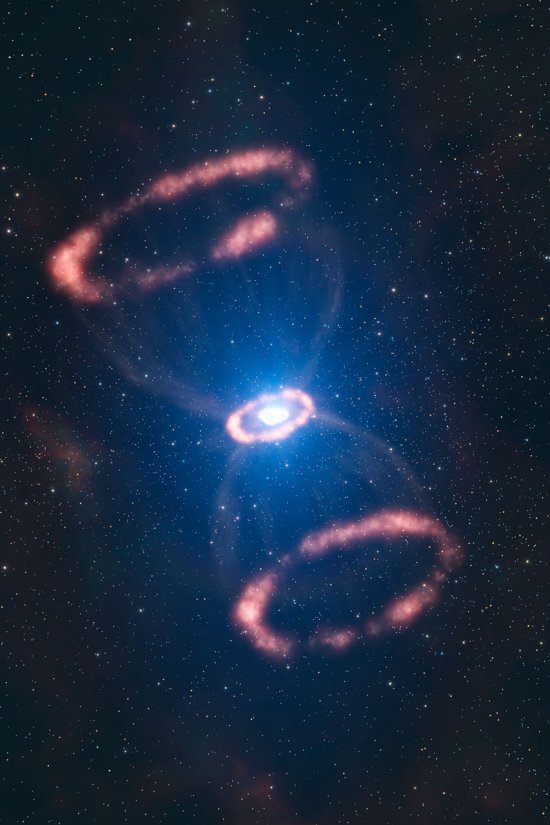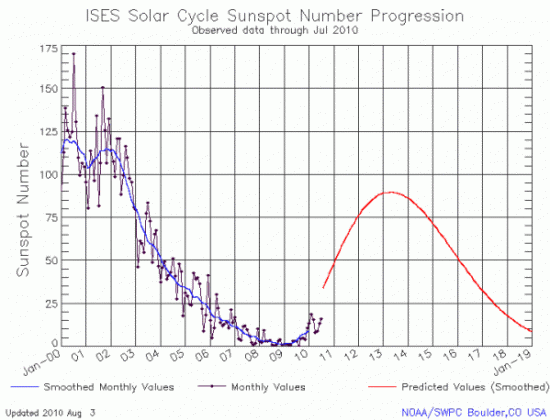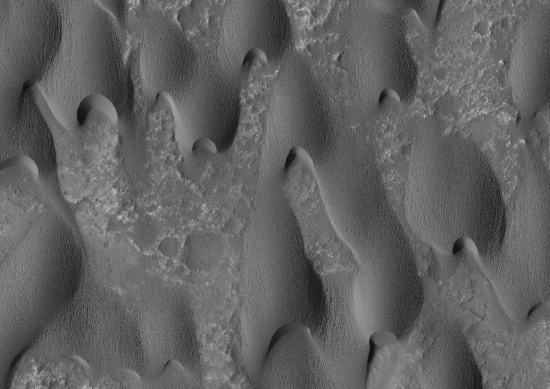The recent history of NASA illustrates a fundamental problem with how our political class thinks.
In 2004 George Bush announced that NASA would have a new goal, that of the exploration of the solar system. The shuttle would complete construction of the International Space Station and then be retired in 2010. NASA would meanwhile build a replacement for the shuttle, designed to return to the Moon and beyond, and have it flying by 2014.
Notice the gap? The shuttle retires in 2010, four years before its replacement is available. Notice also that the plan insisted that ISS would be finished, fully occupied, and in need of significant resupply and maintenance during this entire time, when neither the shuttle or its replacement would be on hand.
Yet, as obvious as this seems, no one at NASA, in the Bush administration, or in Congress, seemed to notice this gap. The Bush plan was implemented exactly as described, so that today we are about to be left with a space station in orbit and no way to reach it for at least four years. (That other countries can reach the station changes nothing: the United States has been left hanging, lacking a method for transporting its crews to its own space station.)
It was as if, among the political and elite class that runs the government, there was great disconnect between the fantasy of the intended plan and the reality of its implementation. » Read more



